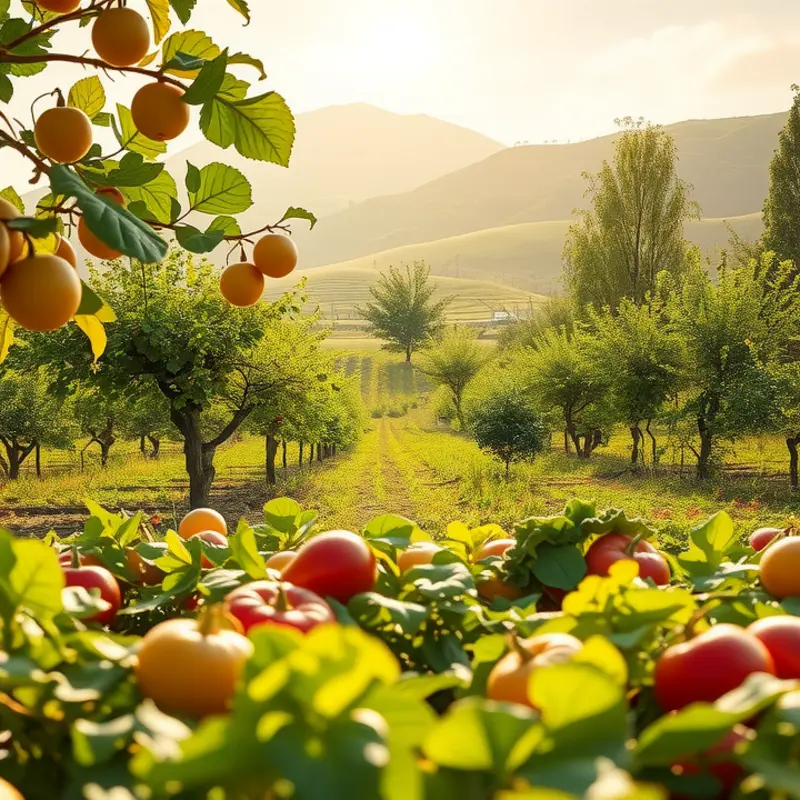Every culture has its signature sweets, each carrying stories of traditions, ingredients, and customs. From the delicate pastries of France to the rich confections of Turkey, these timeless treats not only tantalize the taste buds but also reflect the history and artistry of their makers. Join us on a delectable journey as we explore traditional global confectionery, shedding light on the unique culinary practices that foster these cherished delights.
Sweet Secrets of Europe

Europe’s confectionery landscape is a mosaic of timeless traditions. Each country offers its sweet signature, woven deeply with cultural narratives that span generations. In France, the macaron is a small but mighty ambassador of flavor and finesse. These delicate almond meringue cookies are embraced for their vibrant colors and diverse flavors—from humble vanilla to exotic lychee.
The artistry behind macarons requires precision and patience. Egg whites are carefully whipped to create the base, ground almonds provide texture, and sugar adds sweetness. The batter is piped into perfect circles and rested to develop a thin crust before baking. This meticulous process yields a chewy shell with a delicate interior—best paired with ganache or buttercream. Macarons often serve as the jewel of patisseries, providing indulgence in celebrations and presenting a taste of sophistication during festivals.
Heading to Italy, the holiday season is synonymous with panettone. This dome-shaped sweet bread, often spotted on festive tables, is a masterpiece of slow fermentation. Rich in butter, eggs, and studded with candied fruits, its dough rises over several hours to achieve its characteristic airy texture. Innovation meets tradition as modern variations incorporate chocolate chips and exotic spices, ensuring panettone remains a dynamic part of Italian culinary heritage.
In Spain, turrón provides a sweet bite of history. Originating from Moorish influence, this nougat-like confection showcases a delightful blend of almonds and honey. Turrón comes in two primary styles: Alicante offers a hard, crunchy texture, while Jijona is softer and more pliable. Both are integral to Christmas festivities, representing abundance and unity as families gather to share this cherished treat.
The British Isles contribute the comforting allure of sticky toffee pudding. This dessert features a moist sponge cake, enriched with dates and enveloped in luscious toffee sauce. Its creation speaks to culinary ingenuity, with simple ingredients like butter, sugar, and cream coming together in perfect harmony. Traditionally enjoyed during winter months, sticky toffee pudding embodies warmth and nostalgia, serving to reunite families around the dinner table.
These European sweets are more than just culinary delights—they reflect traditions, community, and the festive spirit that bridges past and present. Through them, we can appreciate how diverse geography, historical influences, and cultural practices shape the very essence of global confectionery. For more insights into pastry traditions across the globe, consider exploring global pastry traditions.
Every bite of these confections tells a story—a narrative of craftsmanship passed down through generations, taking us on a flavorful journey across Europe. Whether enjoyed in a bustling café or shared with loved ones at home, these sweets are reminders of the joy and connection that enrich our lives.
Traditions of the East: Where Sweetness Meets Spice

Crossing the cultural tapestry of Asia reveals a fascinating world where confectionery is more than sugar and flour. Indian gulab jamun invites with its syrup-soaked spheres, marrying sweetness and warm spice. This beloved treat echoes back to India’s Mughal era when Persian culinary influences introduced the art of sugar-work to the subcontinent. Gulab jamun holds a revered place in Indian festivals and weddings, its preparation and sharing symbolizing prosperity and unity.
Venture further to Japan, where mochi beckons with its delicate texture and subtle sweetness. Crafted from glutinous rice, mochi is believed to tap into Japanese rituals dating back to the Heian period. It is particularly prominent during the Japanese New Year, seen as an offering to the gods for a year of happiness. The process of pounding rice into a smooth, cohesive dough embodies harmony and teamwork, central themes in Japanese culture.
In the Middle East, baklava shines with its intricate layers of pastry, nuts, and honey syrup. This dessert, often attributed to Ottoman influence, reflects the region’s history of trade and multicultural exchange. Baklava’s ingredients underscore a rich interaction of cultures, with almonds, pistachios, and fragrant spices contributing to its luxurious essence. It is a staple during religious celebrations and social gatherings, symbolizing hospitality and generosity.
These confections serve as cultural touchstones, their preparation and enjoyment steeped in tradition and symbolism. They emphasize the role of sweets in festivities, where they heighten joy and connection among families and communities. Each ingredient tells a tale of trade, migration, and adaptation, weaving a narrative of resilience and ingenuity.
For those curious about the intricate dance of global flavors, the culinary influences of trade offer additional insights into how these beloved confections evolved through centuries. They remind us that food is a universal language, one that speaks to our shared history and hopes.
Such sweets are more than mere indulgence; they are a glimpse into the heart of cultures, passed down through generations. Every bite of gulab jamun, mochi, or baklava connects us to the past, inviting us to savor stories that transcend borders. These confections not only satisfy a sweet tooth but serve as bridges to understanding and appreciating the diverse tapestries of human experience.
Final words
Exploring traditional global confectionery reveals a tapestry of flavors shaped by culture, geography, and history. Every treat holds a story—be it a festive celebration or a cherished recipe passed down through generations. As we enjoy these sweet delights, we tap into a world of artisan skills, fresh ingredients, and communal bonding. From the intricate pastries of Europe to the spiced confections of Asia, each bite invites us to appreciate not just the taste but the diverse customs that shaped them. Let this exploration inspire you to indulge in global sweets and uplift the stories behind them.








